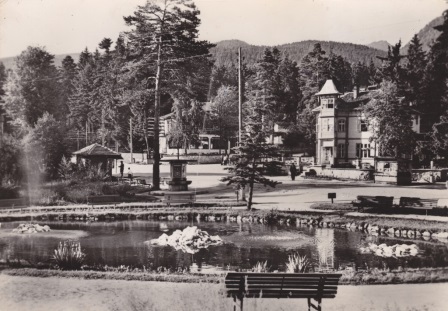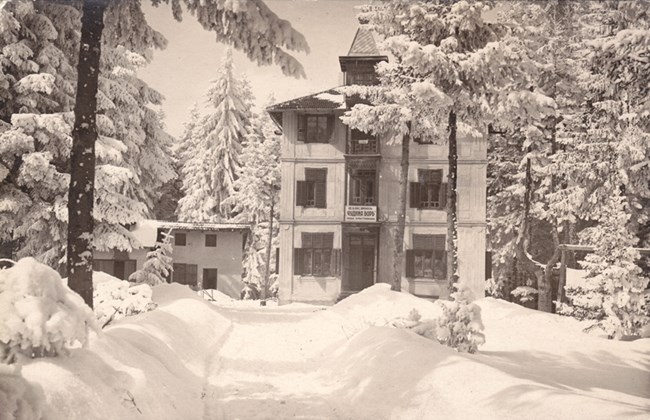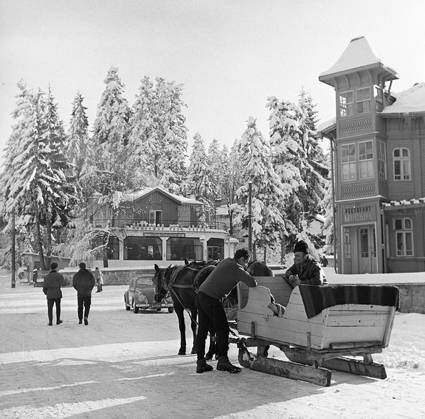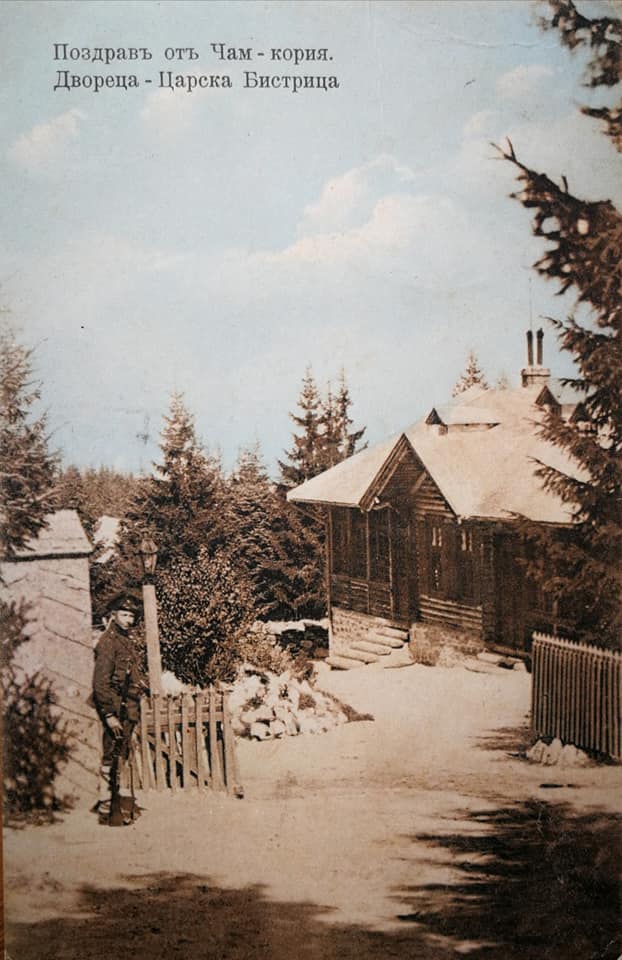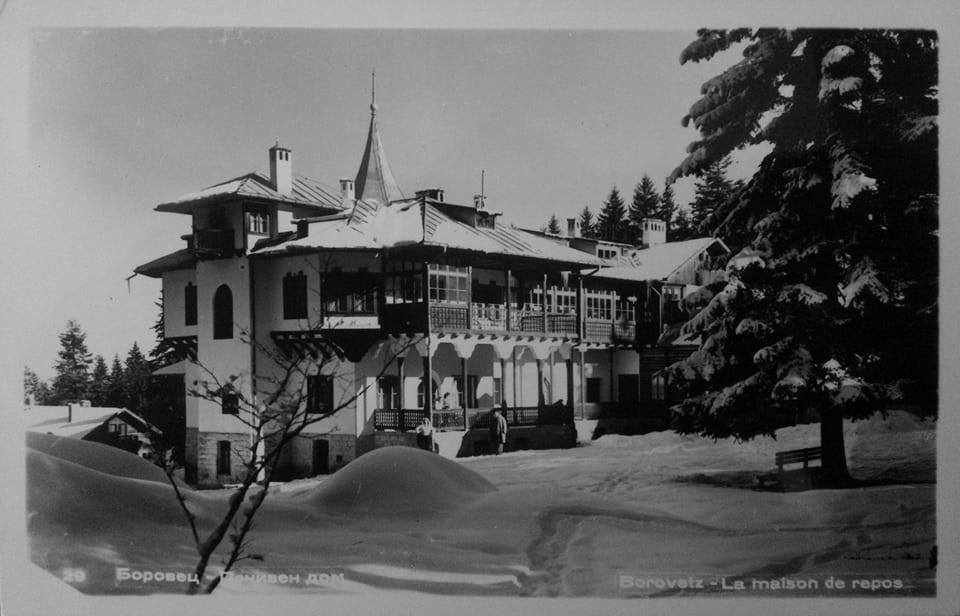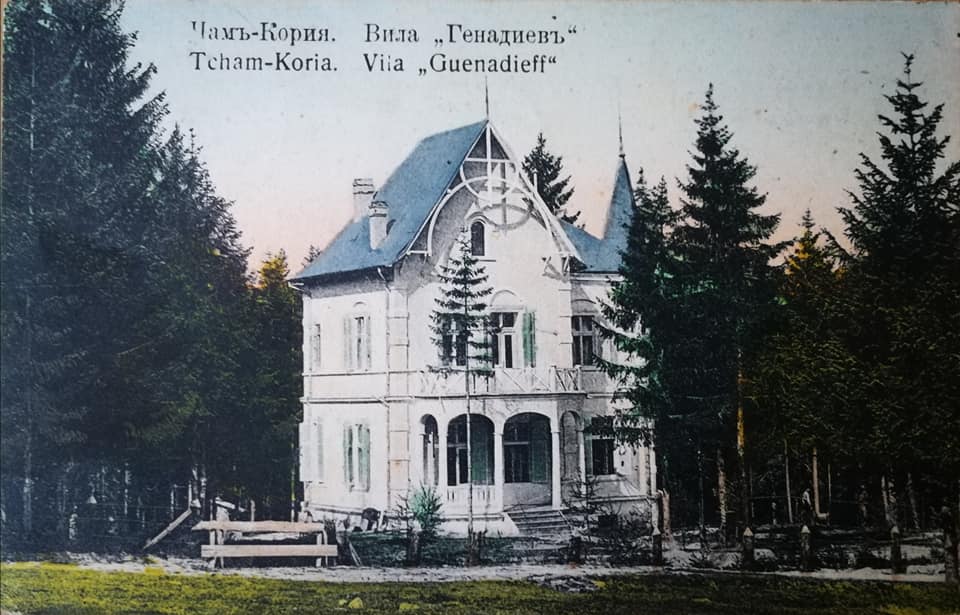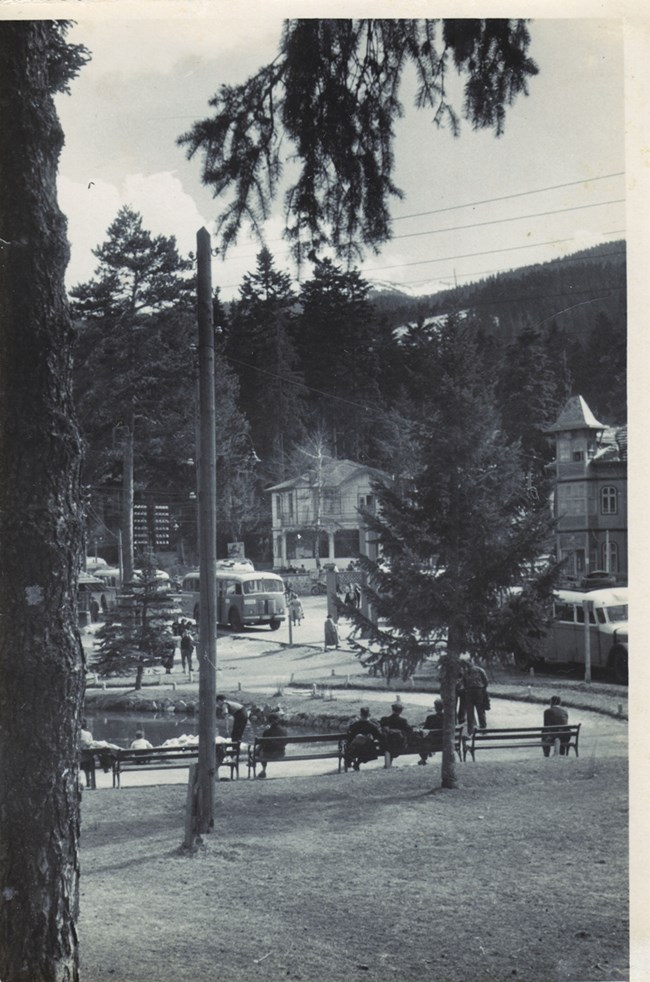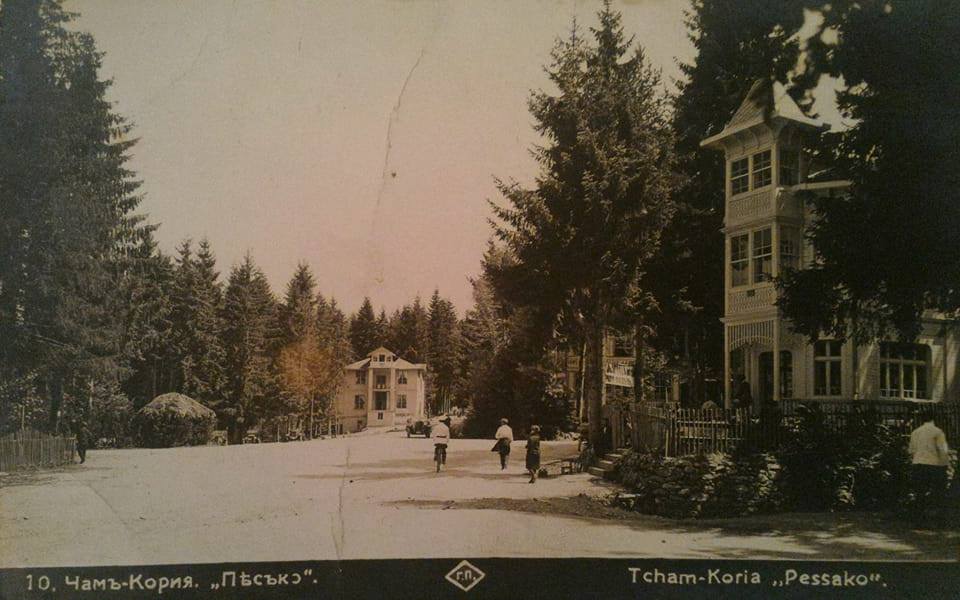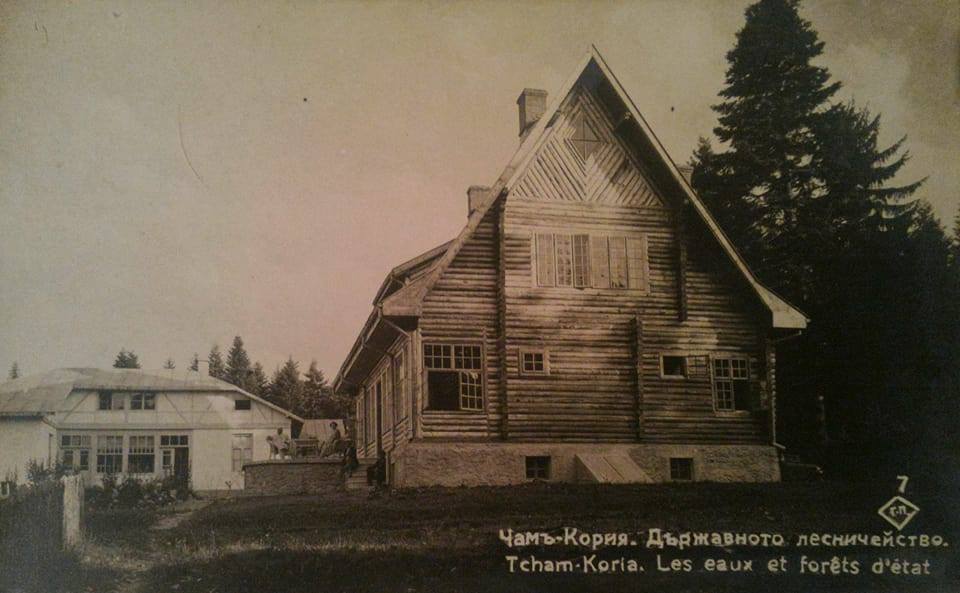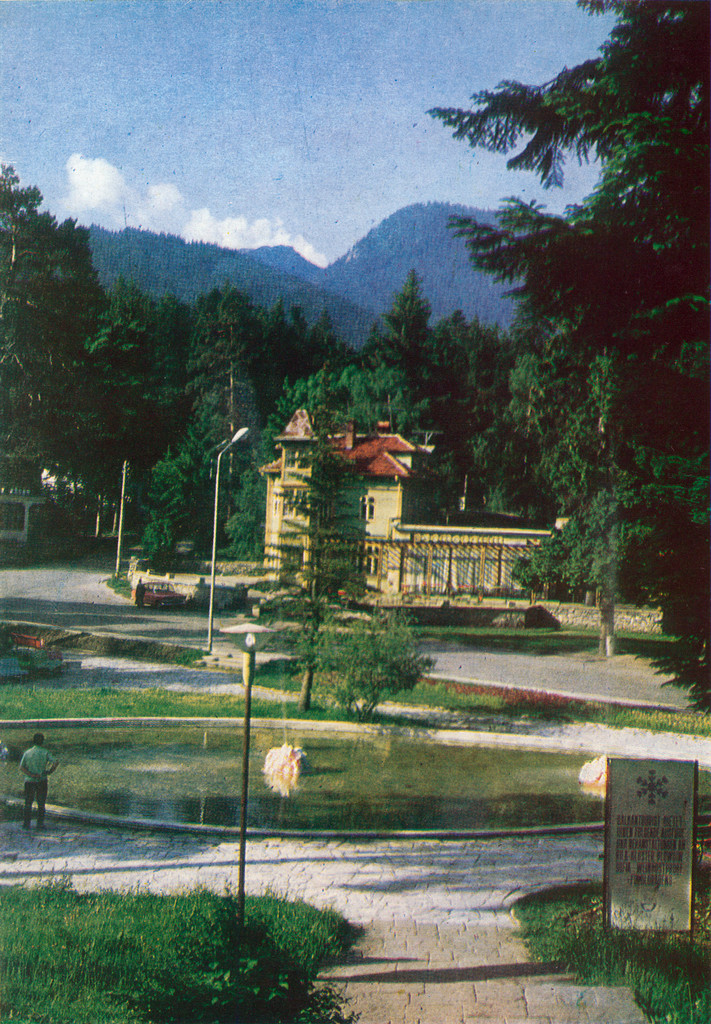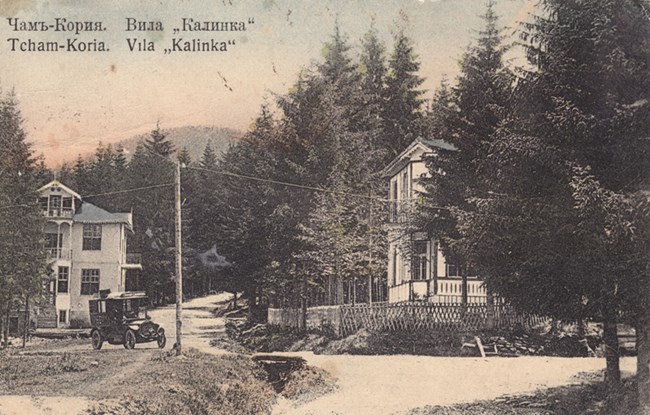
Borovets, known as Chamkoria until the mid 20th century, is the first mountain resort of its kind, in Bulgaria and on the entire Balkan range. Its origin dates back to 1896, when Kniaz Ferdinand – Bulgaria's monarch at the time, had his summer residence and several hunting lodges built there. His example was followed by aristocrats and members of the Bulgarian elite, who subsequently built their summer cottages and chalets in Borovets.
Chamkoria
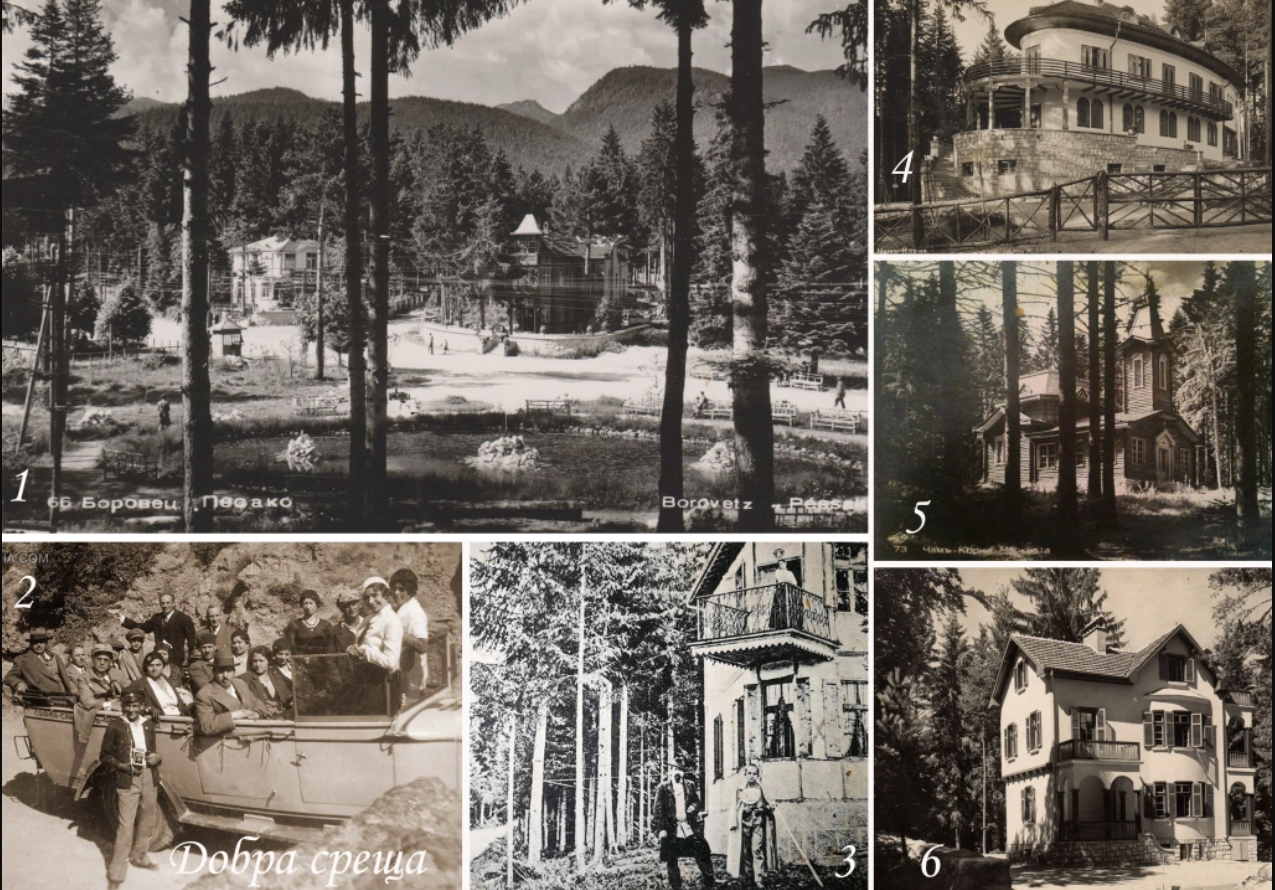
In 1942, the name of the resort was changed to Borovets – a literal translation of the Turkish word ‘Chamkoria’, meaning pine forest. In the 60s and 70s, the resort expanded to become the largest winter sports centre on the Balkans – new ski drags and lifts were erected, the ski slopes were widened and numerous alpine-style hotels were built, based on the French Les Arcs model in Savoie - also designed and built around the same time.
Today, Borovets is a modern four-seasons resort with an excellent network of ski slopes and lifts, cosy alpine hotels and numerous dining and entertainment outlets, at the backdrop of breath-taking nature.
Among the historical landmarks of Borovets, is the summer royal residence Tzarska Bistritza. Built between 1898-1906, it was originally used as hunting lodge by Tzar Ferdinand (Saxe Corburg Ghota) and his son Boris III. The design of the building was influenced mainly by the traditional Bulgarian Renaissance style, to which some European elements were added. Today, the estate belongs to the royal family and it is a place where they spend a significant time of the year.
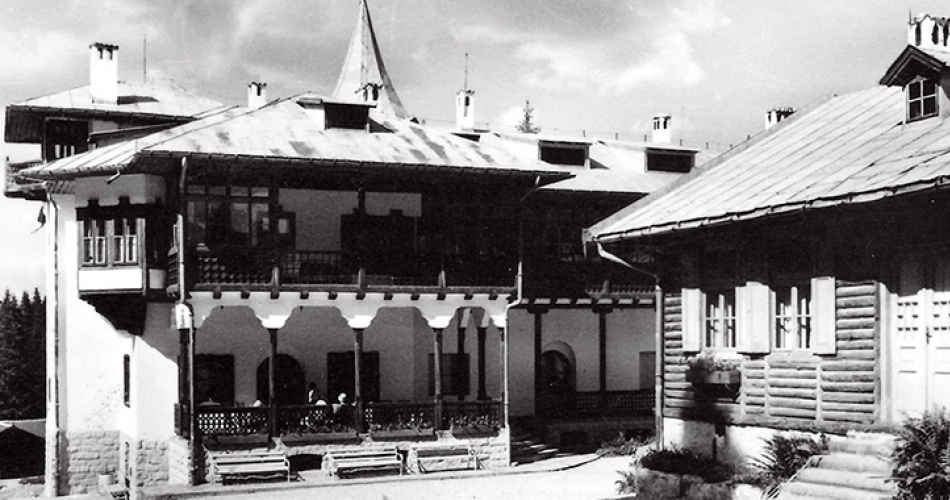
Borovets’s sports history
Gradually, in the 70s and 80s of the last century, Borovets developed into a trendy ski resort with hotels, restaurants with a wide and sophisticated network of slopes, cementing itself as the destination for winter sports, in Bulgaria. The first downhill race in Borovets was held in 1930 and the first time the resort appeared on the Alpine calendar of the renowned International Ski Federation (FIS), was in 1974. As of today, the resort has hosted 2 World and 12 European cups, as well as numerous FIS Alpine ski races. The latest race for the European cup was held in Borovets in 2016 – the giant slalom for women.

Rila Mountain
Rila is the tallest mountain in Bulgaria and on the Balkan Peninsula. It is located in the Sout-West part of the country and is part of the Rilo-Rhodope massif. With its highest peak– Musala reaching 2925 m., Rila mountain ranges 6th among Europe’s tallest mountains behind the Caucasus, the Alps, the Sierra Nevada, the Pyrenees and Mount Etna.
The name ‘Rila’ most probably is of Thracian origin, meaning “the water mountain,” due to some 200 glacier lakes and mineral springs, found on the foot of the mountain. Rila Mountain is home to the most picturesque and visited lake groups in Bulgaria – the Seven Rila lakes, which are on Bulgaria’s top 100 historical sites list. Rila Mountain serves as the primary water source for some of the largest, high water rivers in Bulgaria, including Iskar, Maritsa and Mesta river. Over a third of the mountain is included within the boundaries of the Rila National Park.
Rila Mountain enchants not just with its beauty but also with many historical and cultural landmarks. The mountain is home to the Rila monastery – one of the most significant cultural sites - Bulgaria’s national symbol, listed on UNESCO’s World Heritage list. The monastery is situated in the deep valley of the Rila River, at 1147 m. above sea level. Founded in the 10th century by Saint John of Rila, the actual buildings were erected in the 19th century.
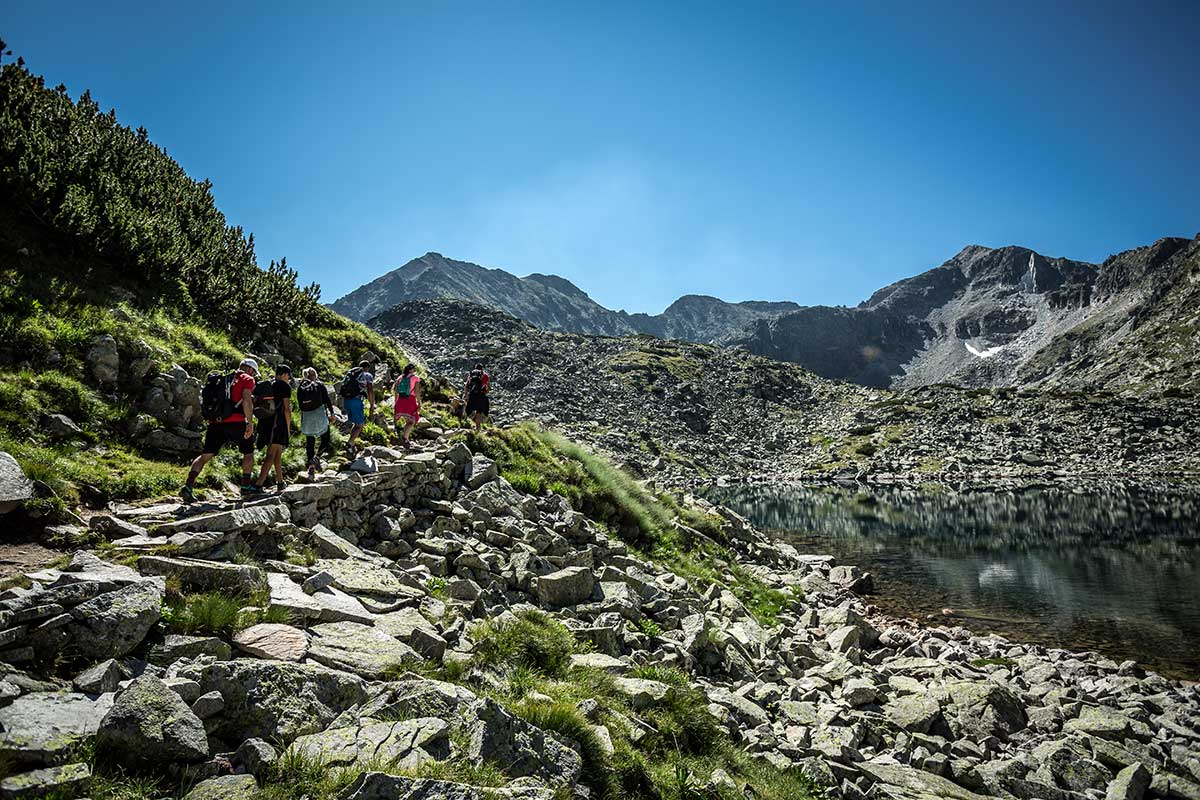
Landmarks
The Rila Monastery
Set-up in the 10th century by Saint Ivan Rilski, the Rila Monastery is the biggest and among the oldest monasteries in Bulgaria. As a result of its unique architecture and location, the monastery is on UNESCO's World Cultural Heritage List and is also among the most visited tourist attractions in Southeast Europe.

Tzarska Bistritza
Among the historical landmarks in Borovets is the summer royal residence Tsarska Bistritsa. Built between 1898 and 196 it served as a hunting lodge under Tsar Ferdinand I (Saxe Cobourg Gotha) and his son Tsar Boris III. Today, the residence belongs to the royal family and they spend a significant part of the year there.

Shishmanovo kale
Known locally as the Old Samokov - the antique and medieval town located some 3 km. away from today's Samokov city has its roots in the early centuries of the past millennium. The legend says that it is the place where the last battle was given by Bulgaria's King Ivan Shishman against the Ottoman invaders.

Women's Convent “Pokrov Pr. Bogoroditzi”
“Pokrov Pr. Bogoroditzi” - This is one of Bulgaria's few functioning convents and monasteries. Here you can feel the spirit and the atmosphere of the Bulgarian Renaissance. Renowned for its hospitality, the convent has attracted many pilgrims and visitors during the last couple of centuries.
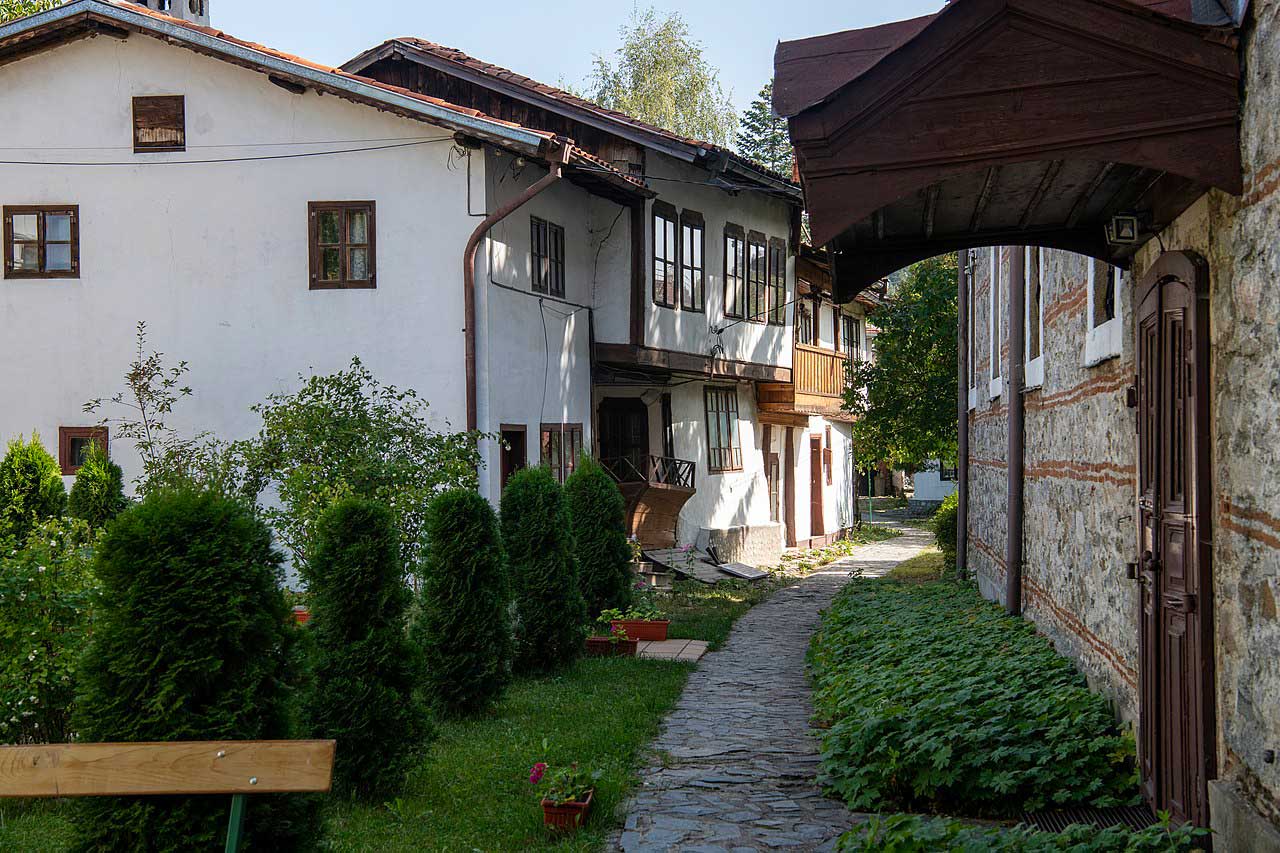
Tzari Mali Grad
This is an archaeological, cultural and historical complex, situated in Belchin village just 15 minutes from Borovets. Tzari Mali Grad is built on Sveti Spas hill- witness of the ancient history of the region. The legend says that the hill was within a large settlement named Tsari Mali Grad - the little King's city. Some enthusiasts go even further and interpret the name as the Little Tsarigrad - Constantinople.

Bishop's church "The Assumption of the Holy Mother of God"
"The Assumption of the Holy Mother of God" - the headquarters of the diocese built in 1712. Some of the larger icons are painted in Sveta Gora (Mount Athos) and the wooden carved iconostasis was commissioned in 1793 to master Andonyi, in one of the Mount Athos's monasteries.
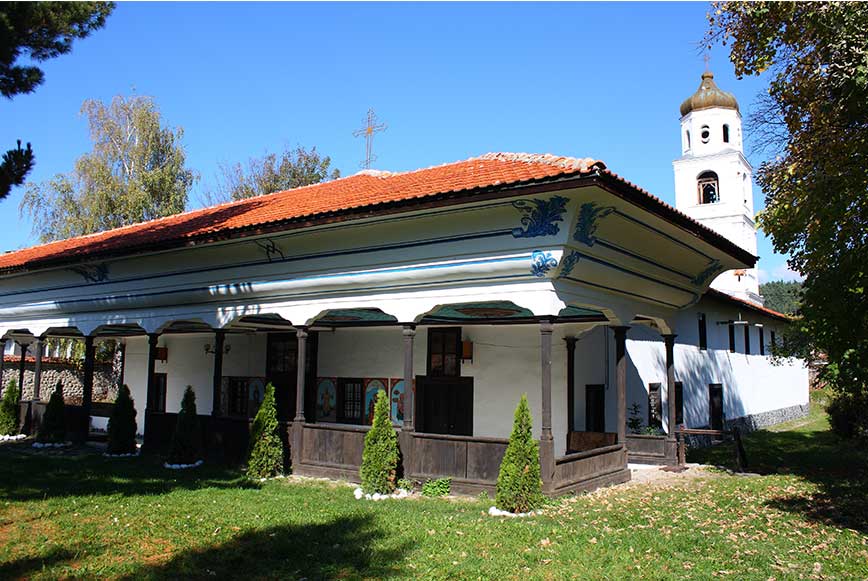
Beliova Tzarkva
Beliova Tzarkva (Belio's Church) is the oldest Christian chruch within the city of Samokov. It lies on the foundation and antinque ruins of a basilica dating back to the 4-6th century. It carries the name of “Belio,” who according to the legend, erected the church around 1389. This site is a historic gathering place where Easter and other notable religious holidays were celebrated for centuries. This is also the resting place of the remains of St. Simeon Samokovski.
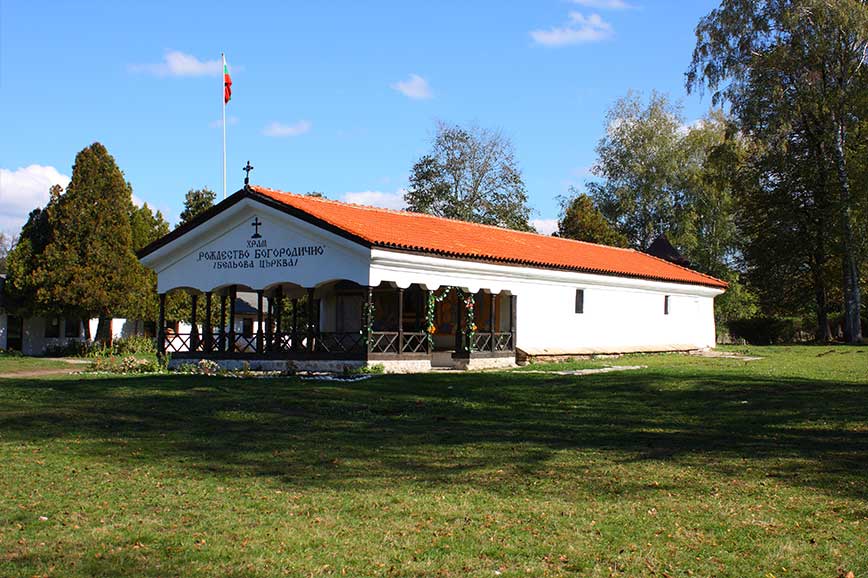
Samokovi
The Samokovi is a reconstruction and an operating model of equipment used from the XIV-XV to the early XX century for the processing of iron produced in furnaces, also called Madan. The museum is at the exit of the town, on the road to Borovets resort on Bistritsa river.
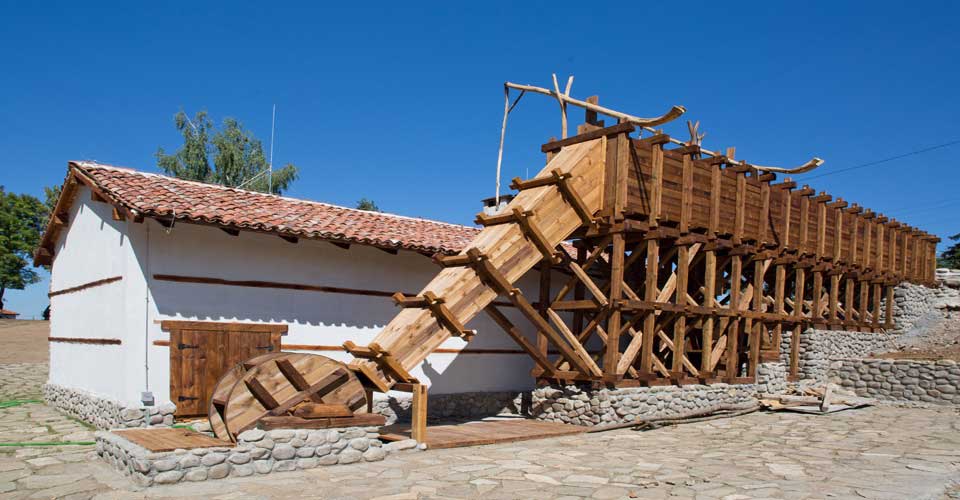
The Seven Rila Lakes
This is one of the most remarkable natural phenomena not only in Bulgaria but also in the Balkan Peninsula. The lakes have glacial origins and are situated between 2100 m and 2500 m of elevation in the Rila Mountain.

Mount Musala
Mount Musala is the highest peak not just in Bulgaria, but also on the Balkan Peninsula. Some 2925 meters above sea level, it challenges all mountain lovers.
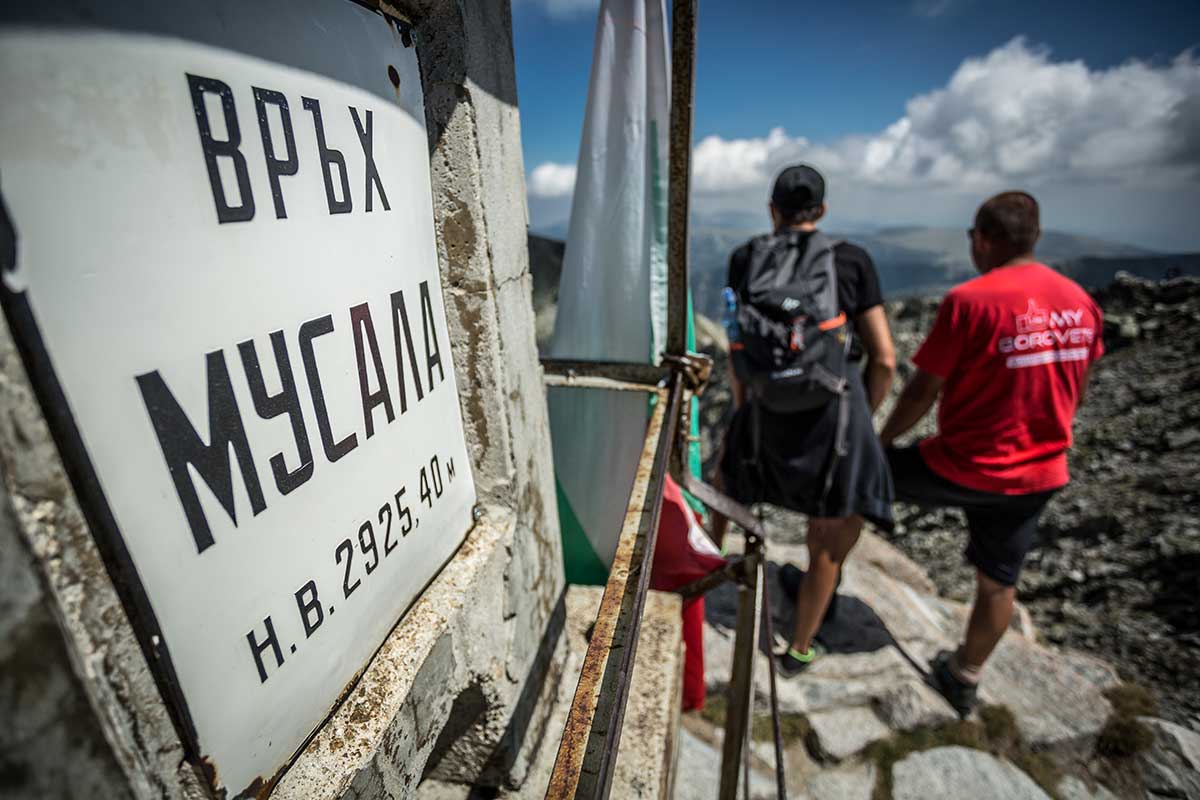
Sofia city
One of the oldest cities on the Balkans, with 1000 years of history, the capital of Bulgaria is among the cities that never sleep. Here you can find countless opportunities for fun and entertainment - modern restaurants, taverns and clubs, shopping centres, as well as many cultural and historical landmarks.
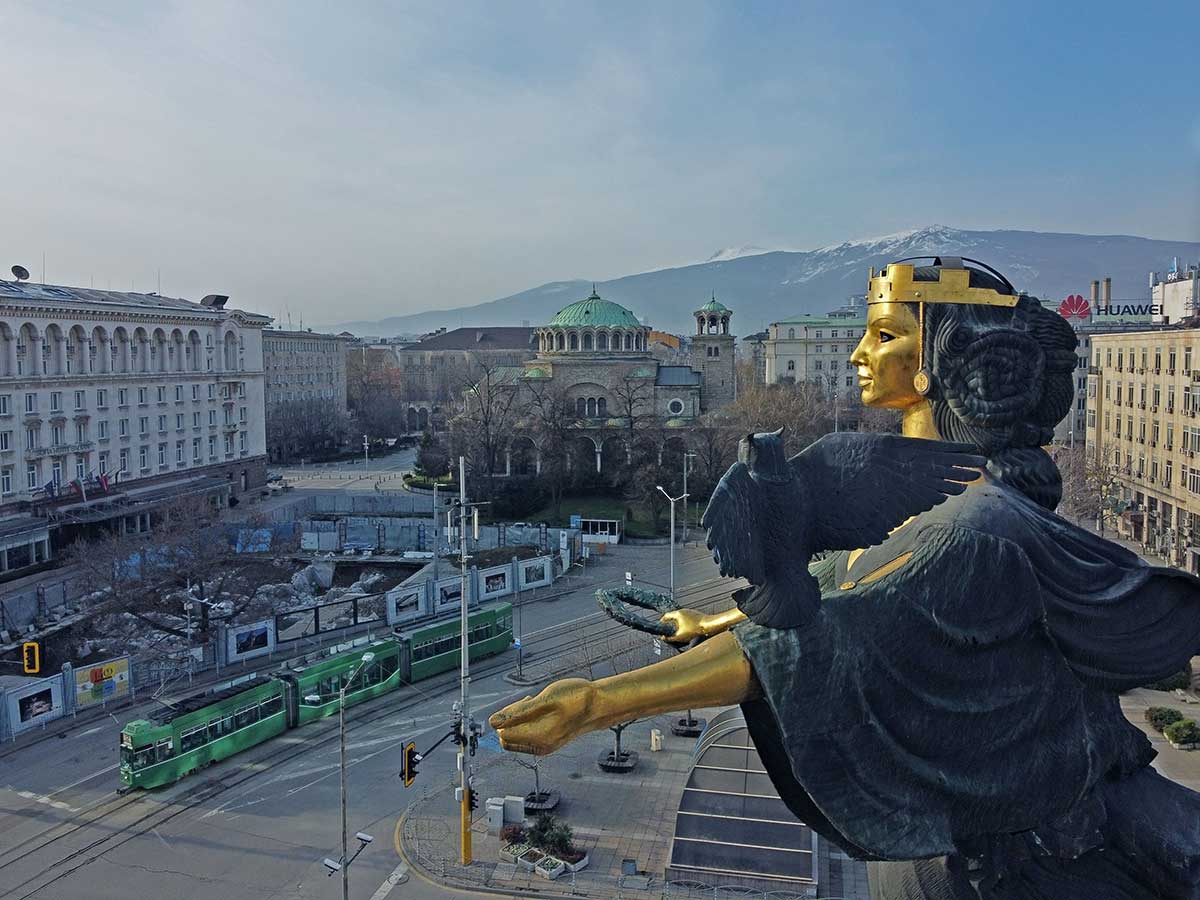
Alexander Nevski Cathedral
This is the biggest Orthodox Church in Bulgaria and second largest on the Balkans. It is also the church of the Patriarch of Bulgaria. With its impressive architecture and unique internal decoration the cathedral is among the most visited landmarks in Sofia.

Rotonda Sveti Georgi (Saint George)
Built during the 4th century, as a place for celebrations and ceremonies in honor of the Roman Emperor’s visits, as well as for various religious gatherings, the Rotanda is one of the most notable historic monuments in Bulgaria today. It is featured in the UNESCO World Heritage list.

Russian Church “Sveti Nokolai Chudotvoretz” (Saint Nicholas the Miraculous)
Located at the heart of the capital, the style of the Russian Church reminds of the orthodox churches in Moscow from the 17th century and is among Sofia's landmark buildings.
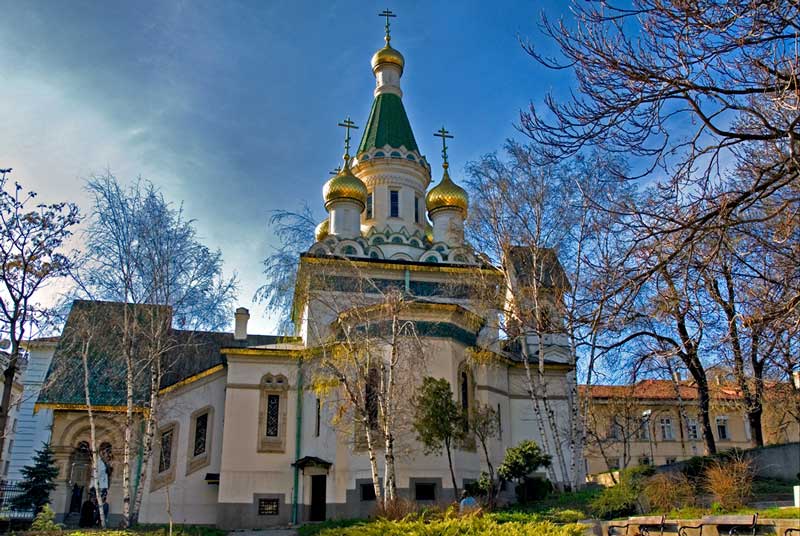
Boyana Church
Boyana Church is famous worldwide for its unique frescoes, bearing uncontested contribution to the European early Renaissance painting collection. Finally open after long years of restoration, the church is among the unchallenged tourist attractions in Sofia and the country.

National History Museum
The museum displays a huge collection of historical and archaeological artifacts, including the world famous golden and silver Thracian treasures.
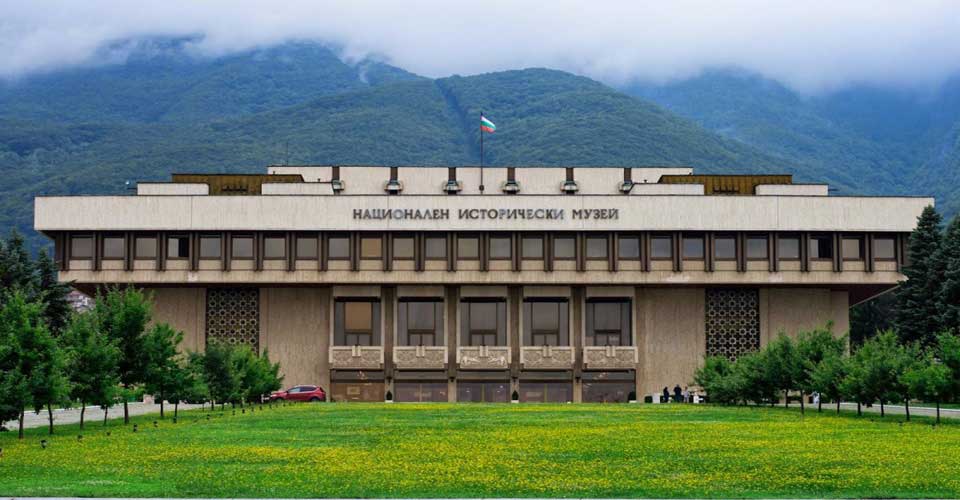
Archeology Museum
Situated in one of the oldest structures in Sofia, the museum houses a rich collection of prehistoric artifacts, antiquities and treasures.
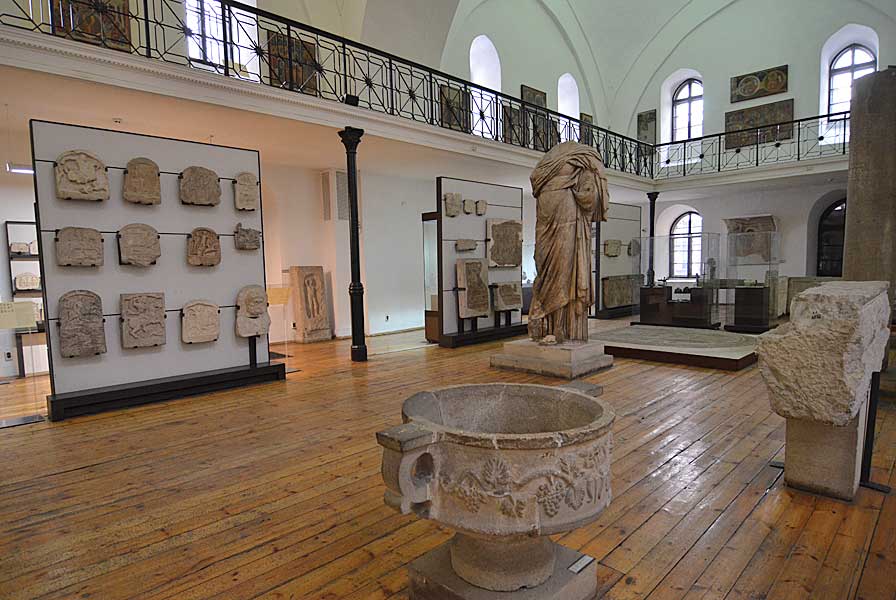
Samokov
